Home>Articles>What Types Of Circuit Breakers Will Reset Automatically
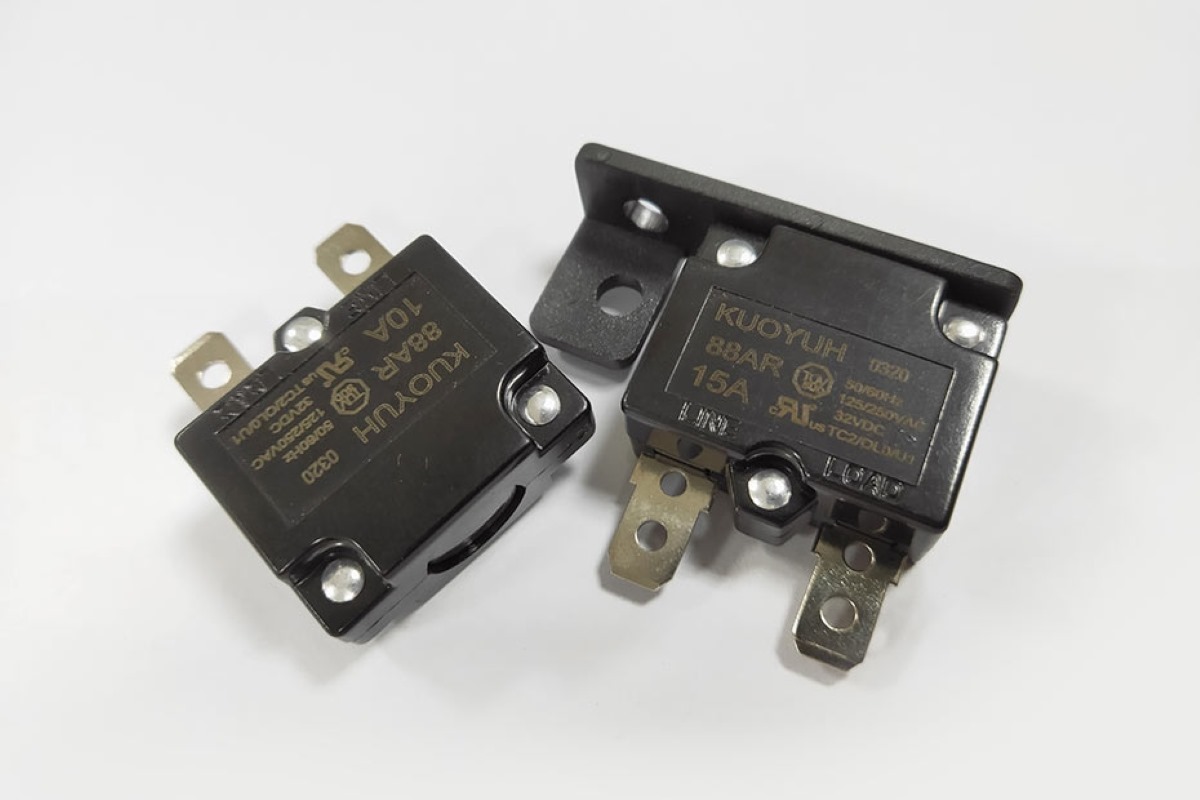

Articles
What Types Of Circuit Breakers Will Reset Automatically
Modified: December 7, 2023
Looking for articles on circuit breakers that reset automatically? Discover the top options available and find the best fit for your needs.
(Many of the links in this article redirect to a specific reviewed product. Your purchase of these products through affiliate links helps to generate commission for Storables.com, at no extra cost. Learn more)
Introduction
Welcome to the world of circuit breakers! These small yet essential devices play a crucial role in protecting electrical circuits and preventing potential hazards. Among the various types of circuit breakers available, automatic reset circuit breakers provide a unique feature that sets them apart.
In this article, we will delve into the world of automatic reset circuit breakers, exploring their definition, types, applications, and considerations for usage. By understanding the ins and outs of these devices, you can make informed decisions when it comes to electrical safety.
But first, let us define what a circuit breaker actually is. In its simplest terms, a circuit breaker is an electrical switch that automatically interrupts the flow of electric current when it detects a fault or overload. This function is critical in preventing damage to appliances, equipment, and wiring, as well as reducing the risk of electrical fires.
There are several types of circuit breakers available, each designed to cater to specific electrical systems and applications. Some common types include thermal-magnetic circuit breakers, ground fault circuit interrupters (GFCIs), arc fault circuit interrupters (AFCIs), and residual current devices (RCDs).
Now, let us turn our attention to automatic reset circuit breakers. Unlike typical circuit breakers that require manual intervention to reset after being triggered, automatic reset circuit breakers have the ability to reset themselves automatically.
This feature can be particularly advantageous in situations where a temporary fault or overload occurs. Instead of having to manually reset the circuit breaker every time, an automatic reset circuit breaker will restart itself once the fault is cleared, restoring power to the circuit without human intervention.
Automatic reset circuit breakers come in different variants, including thermal reset, magnetic reset, and combination reset options. Each variant utilizes specific mechanisms to automatically reset the device after a fault event. The choice of the appropriate variant depends on factors such as the magnitude of the fault, the duration of the overload, and the specific application.
Throughout this article, we will explore the different types of automatic reset circuit breakers in detail, comparing their features, advantages, and limitations. Additionally, we will discuss the key factors to consider when selecting an automatic reset circuit breaker.
By the end of this article, you will have a comprehensive understanding of automatic reset circuit breakers and their significance in electrical systems. Armed with this knowledge, you can confidently make informed decisions regarding the selection and usage of automatic reset circuit breakers.
Key Takeaways:
- Automatic reset circuit breakers offer the convenience of self-resetting after a fault, providing uninterrupted power supply. However, they may pose challenges in troubleshooting and delayed response times, requiring careful consideration for specific applications.
- Prioritizing safety considerations, such as proper circuit rating and regular maintenance, is crucial when using automatic reset circuit breakers. Understanding their limitations and drawbacks is essential for informed decision-making and safe operation.
Definition of a Circuit Breaker
A circuit breaker is a vital component within an electrical system that safeguards electrical circuits from damage caused by excessive current or malfunctioning equipment. Its primary function is to interrupt the flow of electricity in a circuit when it detects a fault, such as a short circuit or overload. By doing so, the circuit breaker prevents damage to electrical components, appliances, and wiring, while also minimizing the risk of electrical fires.
The key characteristic of a circuit breaker is its ability to trip or disconnect the circuit when it senses abnormal current flow. It is essentially an automated switch that opens the circuit to stop the flow of electricity when it exceeds the rated capacity. Once the fault is cleared, the circuit breaker can be manually or automatically reset, allowing the normal flow of electricity to resume.
Circuit breakers are designed to protect both residential and commercial electrical systems. In residential applications, they are typically found in electrical panels or distribution boards, where they safeguard individual circuits or groups of circuits. In commercial or industrial environments, circuit breakers are often integrated into switchgear or power distribution units, providing protection for larger electrical systems.
There are various types of circuit breakers available, each with its own characteristics, features, and applications. The most common types include:
- Thermal-Magnetic Circuit Breakers: These circuit breakers utilize both thermal and magnetic mechanisms to detect overcurrents and short circuits. The thermal component responds to prolonged overcurrents, such as those caused by a continuous overload, while the magnetic component reacts to short-duration high-current events.
- Ground Fault Circuit Interrupters (GFCIs): GFCIs are designed to protect against ground faults that occur when an electrical current finds an unintended path to the ground. They constantly monitor the current flowing through the hot and neutral wires of a circuit and tripping when a discrepancy is detected, preventing electric shock hazards.
- Arc Fault Circuit Interrupters (AFCIs): AFCIs are specialized circuit breakers that detect dangerous arcing conditions, which can lead to electrical fires. They monitor the circuit for abnormal arcing patterns and immediately trip to interrupt the current flow and prevent potential fire hazards.
- Residual Current Devices (RCDs): Also known as ground fault circuit interrupters (GFCIs) or residual current circuit breakers (RCCBs), RCDs provide protection against electric shock by continuously monitoring the current imbalance between the hot and neutral wires. If a fault or leakage of current is detected, the RCD rapidly interrupts the circuit, ensuring personal safety.
The specific type of circuit breaker used depends on the electrical system’s requirements, the level of protection needed, and the applicable electrical codes and regulations.
By efficiently interrupting excessive current flow and promptly shutting down faulty circuits, circuit breakers serve as an indispensable safety mechanism within electrical systems. Understanding their definition and capabilities is crucial for homeowners, electricians, and anyone handling electrical equipment to ensure the safety and reliability of their electrical installations.
Types of Circuit Breakers
A circuit breaker is available in various types, each designed to cater to specific electrical systems and applications. Understanding these different types will help you choose the most suitable circuit breaker for your needs. Let’s explore some of the common types:
- 1. Thermal-Magnetic Circuit Breakers: These circuit breakers are the most widely used in residential, commercial, and industrial applications. They combine thermal and magnetic trip elements to provide reliable protection against both sustained overloads and short circuits. The thermal element operates based on the heat generated by prolonged excessive current, while the magnetic element responds to short-duration high-current events.
- 2. Ground Fault Circuit Interrupters (GFCIs): GFCIs are designed to protect against ground faults, which occur when electricity finds an unintended path to the ground. They closely monitor the current flowing through the hot and neutral wires and quickly disconnect the circuit if they detect any imbalance. GFCIs are commonly used in areas where there is a higher risk of electrical shock, such as bathrooms, kitchens, and outdoor outlets.
- 3. Arc Fault Circuit Interrupters (AFCIs): AFCIs are specialized circuit breakers that provide protection against electrical fires caused by arcing faults. These faults occur when electrical wiring or connections become damaged or loose, resulting in dangerous high-temperature electrical discharges. AFCIs monitor the circuit for abnormal arcing patterns and quickly interrupt the current flow to prevent fire hazards. They are particularly important in bedrooms, living rooms, and other areas where residential fires commonly originate.
- 4. Residual Current Devices (RCDs): Also known as ground fault circuit interrupters (GFCIs) or residual current circuit breakers (RCCBs), RCDs are primarily used for personal safety protection. They continuously monitor the current imbalance between the live and neutral wires and trip the circuit if a fault or leakage of current is detected. RCDs are commonly employed in areas with increased electrical hazards, such as wet environments, construction sites, and industrial settings.
- 5. Electronic Circuit Breakers: Electronic circuit breakers are advanced versions that use semiconductor technology to provide precise and adjustable protection. They offer features such as load monitoring, remote control capabilities, and real-time current data. Electronic circuit breakers are commonly used in sensitive electronic equipment, data centers, and critical power applications.
- 6. Miniature Circuit Breakers (MCBs): MCBs are compact circuit breakers widely used in residential and commercial electrical distribution boards. They offer reliable protection against overloads and short circuits and are available in different current ratings. MCBs are easy to install, lightweight, and cost-effective.
It’s important to note that these are just a few examples of the types of circuit breakers available. Other specialized circuit breakers, such as high-voltage circuit breakers for power transmission systems or vacuum circuit breakers for industrial applications, exist to cater to specific requirements.
When selecting a circuit breaker, factors such as the expected load, the type of electrical system, regulatory compliance, and specific application requirements should be considered. Consulting with a qualified electrician or electrical engineer is recommended to ensure the correct selection and installation of the appropriate circuit breaker.
By understanding the different types of circuit breakers and their respective functions, you can make informed decisions that prioritize safety and reliability in your electrical systems.
Overview of Automatic Reset Circuit Breakers
Automatic reset circuit breakers provide a unique feature that sets them apart from traditional circuit breakers. Unlike standard circuit breakers that require manual intervention to reset after being triggered, automatic reset circuit breakers have the ability to reset themselves automatically.
These circuit breakers are designed to detect and respond to faults or overloads in electrical circuits, just like their counterparts. However, once the fault or overload condition is cleared, an automatic reset circuit breaker will automatically restore power to the circuit without the need for human intervention.
The automatic reset feature can be particularly convenient in situations where a temporary fault or overload occurs. Instead of having to manually reset the circuit breaker every time, the automatic reset function allows the circuit breaker to restart itself once the fault is cleared, saving time and effort.
Automatic reset circuit breakers come in different variants, each utilizing specific mechanisms to achieve the self-resetting functionality. Here are some common types of automatic reset circuit breakers:
- 1. Thermal Automatic Reset Circuit Breakers: These circuit breakers use a bimetallic strip that bends or deforms when exposed to excessive heat caused by an overload or fault. Once the temperature decreases to a safe level, the bimetallic strip returns to its original position, automatically restoring power to the circuit.
- 2. Magnetic Automatic Reset Circuit Breakers: Magnetic automatic reset circuit breakers employ a magnetic coil that energizes when a significant current overload occurs. The energized coil causes the tripping mechanism to activate and interrupt the circuit. Once the current decreases to an acceptable level, the magnetic coil de-energizes, and the tripping mechanism resets automatically.
- 3. Combination Automatic Reset Circuit Breakers: Combination automatic reset circuit breakers incorporate both thermal and magnetic elements to provide comprehensive protection. They combine the benefits of both thermal and magnetic mechanisms to detect and respond to different fault conditions, ensuring effective and reliable self-resetting capabilities.
When selecting an automatic reset circuit breaker, it is important to consider factors such as the magnitude and duration of potential faults or overloads, the specific application requirements, and applicable safety standards.
Automatic reset circuit breakers find applications in various industries and equipment, including automotive, marine, aerospace, and electronic devices. They are commonly used in situations where continuous operation is critical, and immediate restoration of power is desired after a fault event.
However, it is important to note that the automatic reset feature comes with certain limitations. Although it provides convenience, it can also present challenges in troubleshooting and identifying persistent faults. Additionally, automatic reset circuit breakers may not be suitable for applications where manual intervention or analysis of the fault condition is necessary.
Therefore, careful consideration should be given when choosing between manual reset and automatic reset circuit breakers, taking into account the specific requirements and safety considerations of the electrical system.
By understanding the features and applications of automatic reset circuit breakers, you can make informed decisions when it comes to selecting the appropriate circuit protection device for your electrical system.
Comparison between Various Types of Automatic Reset Circuit Breakers
Automatic reset circuit breakers offer the convenience of self-resetting after a fault or overload condition is cleared. However, not all automatic reset circuit breakers are created equal. Different types of automatic reset circuit breakers utilize different mechanisms and have distinct characteristics. Let’s compare some of the common types:
- 1. Thermal Automatic Reset Circuit Breakers: These circuit breakers use a bimetallic strip that responds to heat generated by excessive current. Once the temperature reaches a critical point, the bimetallic strip deforms and opens the circuit. After the temperature decreases to a safe level, the bimetallic strip returns to its original position, automatically restoring power to the circuit. Thermal automatic reset circuit breakers are simple in design and reliable for protecting against sustained overloads.
- 2. Magnetic Automatic Reset Circuit Breakers: Magnetic automatic reset circuit breakers utilize a magnetic coil that activates when there is an excessive current flow. The energized coil causes a mechanism to trip and disconnect the circuit. Once the current decreases to an acceptable level, the magnetic coil de-energizes, allowing the mechanism to reset automatically and restore power. These circuit breakers are effective in rapidly interrupting short-duration high-current events.
- 3. Combination Automatic Reset Circuit Breakers: Combination automatic reset circuit breakers combine both thermal and magnetic elements to provide comprehensive protection. These circuit breakers offer the advantages of both thermal and magnetic mechanisms, allowing them to detect and respond to a wide range of fault conditions. They are versatile and suitable for applications where both sustained overloads and short-duration faults need to be addressed.
When comparing these types of automatic reset circuit breakers, there are a few key factors to consider:
- Sensitivity to Faults: Thermal automatic reset circuit breakers are more sensitive to prolonged overloads, as they primarily rely on temperature sensing. On the other hand, magnetic automatic reset circuit breakers are highly sensitive to short-duration high-current events. Combination automatic reset circuit breakers provide a balance by detecting and responding to both types of faults.
- Response Time: Magnetic automatic reset circuit breakers have a faster response time compared to thermal automatic reset circuit breakers. They can quickly interrupt the circuit when a fault occurs, minimizing potential damage. Thermal automatic reset circuit breakers may have a slightly slower response time due to the time it takes for the bimetallic strip to reach the critical temperature.
- Resetting Ability: All three types of automatic reset circuit breakers have the ability to reset themselves automatically once the fault or overload condition is cleared. However, combination automatic reset circuit breakers offer the advantage of having a more comprehensive and versatile resetting capability due to the combination of thermal and magnetic elements.
- Application Considerations: The choice between thermal, magnetic, or combination automatic reset circuit breakers depends on the specific application. Thermal automatic reset circuit breakers are well-suited for applications where sustained overloads are common. Magnetic automatic reset circuit breakers are ideal for applications where protection against short-duration high-current events is critical. Combination automatic reset circuit breakers are versatile and can be employed in a wide range of applications.
Ultimately, the selection of the appropriate type of automatic reset circuit breaker depends on the specific requirements of the electrical system and the types of faults or overloads that need to be addressed. It is essential to consult the manufacturer’s guidelines and specifications to ensure proper selection and installation of the circuit breaker.
By comparing the various types of automatic reset circuit breakers and considering the specific needs of your electrical system, you can make an informed decision to ensure effective and reliable circuit protection.
Look for circuit breakers with an “auto-reset” feature, which will automatically reset after tripping. These are often used in applications where manual reset may not be practical or possible.
Factors to Consider when Selecting an Automatic Reset Circuit Breaker
Automatic reset circuit breakers are an essential component in electrical systems, providing protection against faults and overloads. When selecting an automatic reset circuit breaker, several factors should be taken into consideration to ensure the right choice for your specific application. Here are some key factors to keep in mind:
- Current Rating: The current rating of an automatic reset circuit breaker is one of the most important factors to consider. It determines the maximum amount of current the circuit breaker can handle without tripping. It is crucial to select a circuit breaker with a current rating that matches the expected current load in the circuit.
- Trip Curve: The trip curve of a circuit breaker defines its response time to different levels of overcurrent. Depending on the application, you may need a circuit breaker with a specific trip curve to ensure adequate protection. For example, in critical systems or equipment sensitive to electrical surges, a faster trip curve may be necessary.
- Voltage Rating: The voltage rating of the automatic reset circuit breaker should be suitable for the electrical system in which it will be installed. It is important to ensure compatibility between the circuit breaker’s voltage rating and the voltage of the circuit it will protect.
- Application Environment: Consider the environmental conditions in which the automatic reset circuit breaker will be installed. Factors such as temperature extremes, humidity, vibrations, and corrosive or hazardous substances can affect the performance and reliability of the circuit breaker. Choose a circuit breaker specifically designed to withstand the environmental conditions of the application site.
- Interrupting Capacity: The interrupting capacity, also known as the short-circuit rating, indicates the maximum fault current that the circuit breaker can safely interrupt without causing damage. Ensure that the automatic reset circuit breaker has an interrupting capacity that exceeds the potential fault current in the electrical system to avoid catastrophic failures.
- Regulatory Compliance: It is critical to select automatic reset circuit breakers that comply with relevant safety standards and regulations specified for your application. Be aware of applicable codes and standards, such as those set by Underwriters Laboratories (UL) or the International Electrotechnical Commission (IEC).
- Protection Features: Consider additional protection features offered by the automatic reset circuit breaker, such as ground fault protection, arc fault protection, surge protection, or electromagnetic interference (EMI) filtering. These features can enhance the overall safety and reliability of the electrical system.
- Reliability and Durability: Evaluate the reliability and durability of the automatic reset circuit breaker. Look for reputable manufacturers with a proven track record and consider the quality and robustness of the circuit breaker’s construction. Ensuring the reliability and durability of the circuit breaker will minimize the risk of unexpected failures or malfunctions.
It is advisable to consult with electrical engineers or professionals to determine the specific requirements and characteristics of the automatic reset circuit breaker for your application. They can provide expert advice and help you make an informed decision to ensure optimal circuit protection.
By considering these factors during the selection process, you can choose the most suitable automatic reset circuit breaker that meets your electrical system’s needs, ensuring reliable and effective protection against faults and overloads.
Common Applications of Automatic Reset Circuit Breakers
Automatic reset circuit breakers find application in various industries and electrical systems where uninterrupted power supply is crucial. These circuit breakers offer self-resetting capabilities, making them suitable for situations where temporary faults or overloads occur. Let’s explore some common applications of automatic reset circuit breakers:
- Automotive Industry: Automatic reset circuit breakers are widely used in automotive systems to protect electrical circuits from overloads or short circuits. They can be found in vehicles’ power distribution boxes, protecting wiring, switches, and other electrical components from excessive current flow. Automatic reset circuit breakers ensure continuous operation and help prevent damage to critical automotive systems.
- Marine and RV Applications: Automatic reset circuit breakers are commonly used in marine and recreational vehicle (RV) electrical systems. They offer protection to circuits in boats, yachts, RVs, and other watercraft, ensuring the safety and reliability of the onboard electrical systems. These circuit breakers are designed to withstand harsh marine environments, including vibrations, moisture, and saltwater exposure.
- Industrial Machinery: Automatic reset circuit breakers play a significant role in protecting electrical circuits and machinery in industrial environments. They are employed in various applications, such as motors, conveyors, pumps, and control panels. Automatic reset circuit breakers ensure the continuity of production processes by automatically restoring power after transient faults or momentary overloads, reducing downtime and improving productivity.
- Electronics and Appliances: Automatic reset circuit breakers are utilized in numerous electronic devices and household appliances. They provide protection against potential faults and overloads, safeguarding the electronics from damage and preventing hazardous situations. Examples include circuit breakers integrated into power strips, surge protectors, and appliance cords.
- Power Distribution Units (PDUs): Automatic reset circuit breakers are commonly used in power distribution units, which are responsible for distributing electrical power in data centers, server rooms, and industrial facilities. These circuit breakers ensure reliable and continuous power supply to critical equipment, automatically resetting after temporary faults, such as power surges or momentary overloads.
- Outdoor and Recreational Equipment: Automatic reset circuit breakers are employed in outdoor equipment, such as lawn mowers, tractors, generators, and outdoor lighting systems. They protect circuits from overloads caused by adverse environmental conditions, voltage fluctuations, or equipment malfunctions. The self-resetting feature allows the equipment to resume operation once the transient fault is eliminated.
These are just a few examples of the diverse applications of automatic reset circuit breakers. Their self-resetting capability and ability to restore power after transient faults make them valuable in situations where uninterrupted operation is essential.
It is important to select automatic reset circuit breakers that are specifically designed for the intended application. Consider factors such as the required current rating, environmental conditions, regulatory compliance, and any additional protection features needed for the specific industry or equipment.
Consulting with electrical engineers or professionals experienced in the respective field can provide valuable guidance in selecting the appropriate automatic reset circuit breakers for your application, ensuring optimal performance and system safety.
By utilizing automatic reset circuit breakers in the appropriate applications, you can enhance the reliability, safety, and efficiency of electrical systems across various industries.
Limitations and Drawbacks of Automatic Reset Circuit Breakers
While automatic reset circuit breakers offer the convenience of self-resetting after faults or overloads, it’s important to be aware of their limitations and drawbacks. Understanding these limitations will help you make informed decisions and take necessary precautions in selecting and using automatic reset circuit breakers. Here are some common limitations to consider:
- Troubleshooting: One of the main drawbacks of automatic reset circuit breakers is their limited ability to aid in troubleshooting. When a fault occurs, the circuit breaker will automatically reset once the fault is cleared. This can make it challenging to identify recurring faults or to effectively diagnose underlying issues. Manual reset circuit breakers may be preferred in situations where troubleshooting is necessary to determine the root cause of the fault.
- Undetected Persistent Faults: Automatic reset circuit breakers may inadvertently reset and restore power to a circuit even if a persistent fault or overload condition still exists. This can pose a safety risk or lead to further damage if the fault is not properly addressed. It’s crucial to investigate the cause of the fault and perform any necessary repairs or modifications before assuming that the automatic reset has resolved the issue.
- Delayed Response Time: Automatic reset circuit breakers may have a slightly delayed response time compared to manual reset circuit breakers. The self-resetting mechanism requires a certain amount of time to initiate and restore power to the circuit after the fault is cleared. In applications where rapid interruption of power is critical, manual reset circuit breakers may be preferred to ensure prompt protection.
- Overriding Protection: Automatic reset circuit breakers can potentially override the need for manual intervention or analysis of fault events. In certain situations, such as in critical systems or equipment, it may be necessary to manually reset the circuit breaker to thoroughly investigate the cause of the fault and ensure that appropriate measures are taken before restoring power.
- Compatibility: Automatic reset circuit breakers may not be suitable for all applications. Certain systems or equipment may have specific requirements that necessitate the use of manual reset circuit breakers or other types of circuit protection. It’s important to consider the specific needs of the application and consult with professionals to determine the most appropriate type of circuit breaker.
- Environmental Considerations: Some automatic reset circuit breakers may have limitations in terms of environmental conditions. They may not be suitable for certain extreme temperature environments, corrosive atmospheres, or areas with high levels of vibrations. It’s crucial to choose circuit breakers that are designed to withstand the specific environmental conditions of the application to ensure their optimal performance and longevity.
It’s important to carefully evaluate the pros and cons of automatic reset circuit breakers to ensure they are the right choice for your specific application. In some cases, a combination of manual reset and automatic reset circuit breakers may be necessary to address different levels of fault protection and troubleshooting requirements.
Consulting with electrical engineers, professionals, or manufacturers can provide valuable insights and guidance in selecting the most suitable circuit breakers for your specific needs. By considering the limitations and drawbacks of automatic reset circuit breakers, you can make well-informed decisions and ensure the safety and reliability of your electrical system.
Safety Considerations when Using Automatic Reset Circuit Breakers
When utilizing automatic reset circuit breakers, it is important to prioritize safety to prevent hazards and ensure the proper functioning of your electrical system. Here are some crucial safety considerations to keep in mind:
- Proper Circuit Rating: Ensure that the automatic reset circuit breaker is appropriately rated for the electrical circuit it is protecting. Using a circuit breaker with a lower current rating than required can result in overheating and potential failure of the circuit breaker. On the other hand, using a circuit breaker with a higher current rating than necessary may lead to inadequate protection against faults and overloads.
- Regular Maintenance: Maintain regular inspections and maintenance of the automatic reset circuit breakers to ensure their proper operation. This can include checking for signs of damage or wear, verifying connections, and cleaning away any debris or contaminants that may affect the circuit breaker’s performance.
- Environmental Considerations: Take into account the operating environment in which the automatic reset circuit breaker will be installed. Ensure that it can withstand the temperature, humidity, and other environmental conditions of the application site. Extreme variations in temperature, moisture, or corrosive substances can compromise the circuit breaker’s performance and pose safety risks.
- Overloading Prevention: Avoid overloading electrical circuits beyond their rated capacity. Ensure that the loads connected to the circuit do not exceed the circuit breaker’s current rating. Overloading can lead to excessive heat, damage to the circuit breaker, and increased risk of fire or electrical hazards.
- Fault Analysis: While automatic reset circuit breakers can reset after a fault is cleared, it is crucial to investigate and address the underlying cause of the fault. Identify the root cause to determine if any corrective actions, repairs, or modifications are required to prevent recurring faults and ensure a safe electrical system operation.
- Clear Labeling and Accessibility: Properly label the automatic reset circuit breakers to ensure clear identification and easy access in case of emergencies or maintenance activities. Ensure that they are easily reachable and not obstructed. This allows for quick and safe deactivation or isolation of power during servicing or fault investigation.
- Compliance with Standards: Ensure that the automatic reset circuit breakers meet relevant safety standards and codes for your region or industry. Look for certifications and compliance marks, such as UL (Underwriters Laboratories) or IEC (International Electrotechnical Commission), to ensure the circuit breakers are tested and approved for safety.
- Training and Awareness: Properly train personnel who interact with the electrical system to understand the operation, maintenance, and safety considerations of automatic reset circuit breakers. By promoting awareness of electrical safety practices, personnel can take appropriate measures, such as wearing proper personal protective equipment (PPE) and following safety procedures, to mitigate risks.
Engaging with qualified and experienced professionals, such as electricians or electrical engineers, is crucial for understanding and implementing safety considerations when using automatic reset circuit breakers. These professionals can provide specific guidance, perform safety inspections, and ensure compliance with applicable regulations.
Remember, prioritizing safety is vital to protect personnel, equipment, and property. By adhering to safety considerations and implementing appropriate measures, automatic reset circuit breakers can effectively contribute to a safe and reliable electrical system.
Conclusion
Automatic reset circuit breakers offer a unique and convenient feature in electrical systems, providing the ability to self-reset after a fault or overload condition is cleared. Throughout this article, we have explored the definition, types, applications, and safety considerations surrounding automatic reset circuit breakers.
We began by understanding the role and importance of circuit breakers in protecting electrical circuits from damage and potential hazards. We then delved into the world of automatic reset circuit breakers, which distinguish themselves by offering the capability to reset automatically without any manual intervention.
We discussed various types of automatic reset circuit breakers, including thermal, magnetic, and combination variants, each utilizing different mechanisms to achieve the self-resetting functionality. We compared the features, advantages, and limitations of these circuit breakers to provide a comprehensive overview of their capabilities.
When selecting an automatic reset circuit breaker, we highlighted the factors that need to be considered. Factors such as current rating, trip curve, voltage rating, application environment, and protection features should be carefully evaluated to ensure the circuit breaker meets the requirements of the electrical system and provides efficient and reliable protection.
We explored the common applications of automatic reset circuit breakers in automotive, marine, industrial, electronics, and outdoor equipment sectors, among others. These circuit breakers are crucial in ensuring uninterrupted power supply and protecting critical electrical systems and equipment in a variety of environments.
While automatic reset circuit breakers offer convenience, we also discussed their limitations and drawbacks. This includes troubleshooting challenges, the potential for undetected persistent faults, and delayed response times. It is important to be aware of these limitations and choose the appropriate type of circuit breaker based on the specific requirements of the application.
Furthermore, we emphasized safety considerations when using automatic reset circuit breakers to enhance the overall safety and reliability of electrical systems. Proper circuit rating, regular maintenance, environmental considerations, overloading prevention, and compliance with standards are crucial aspects to prioritize for safe operation.
In conclusion, automatic reset circuit breakers offer self-resetting capabilities that provide convenience and efficiency in various electrical systems. By understanding their characteristics, applications, limitations, and safety considerations, you can make informed decisions to ensure the optimal selection, installation, and use of automatic reset circuit breakers for your specific needs.
Remember to consult with qualified professionals, such as electrical engineers or electricians, to ensure compliance with safety standards and to receive expert advice tailored to your unique circumstances. By prioritizing safety and adhering to best practices, automatic reset circuit breakers can contribute to the reliable and safe operation of your electrical systems.
Frequently Asked Questions about What Types Of Circuit Breakers Will Reset Automatically
Was this page helpful?
At Storables.com, we guarantee accurate and reliable information. Our content, validated by Expert Board Contributors, is crafted following stringent Editorial Policies. We're committed to providing you with well-researched, expert-backed insights for all your informational needs.
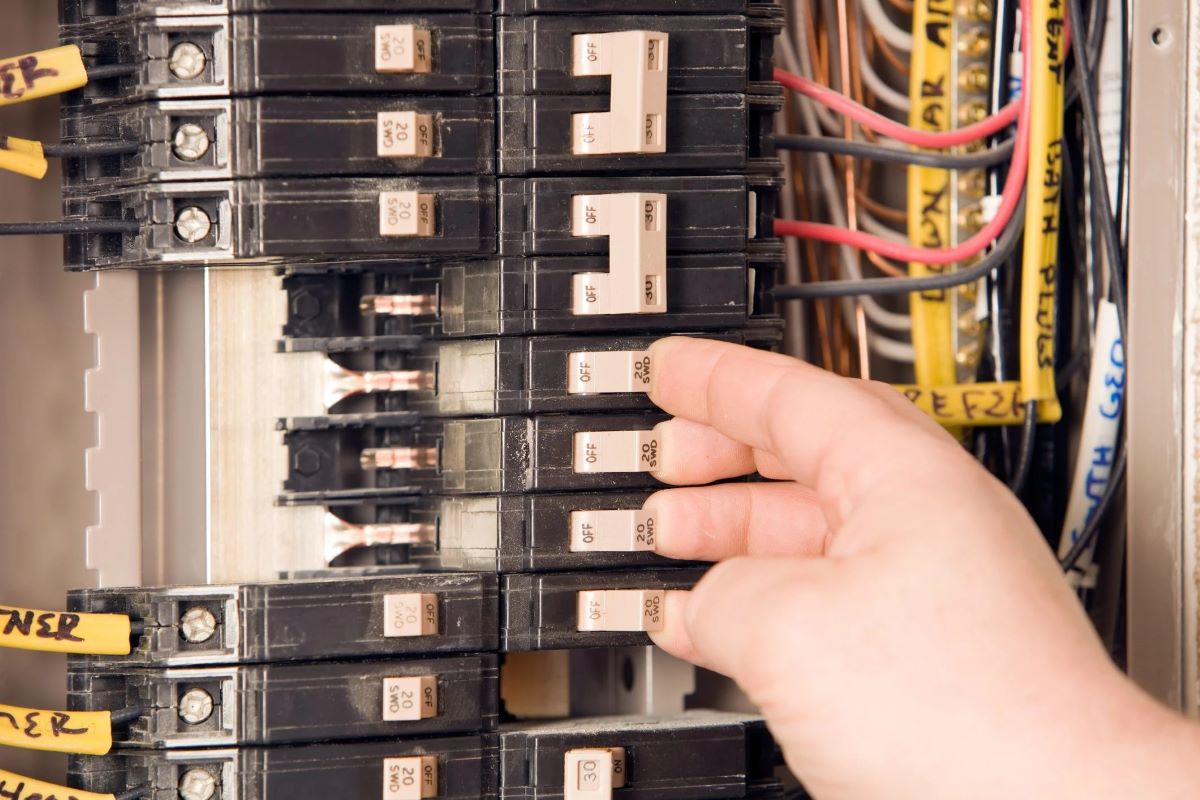
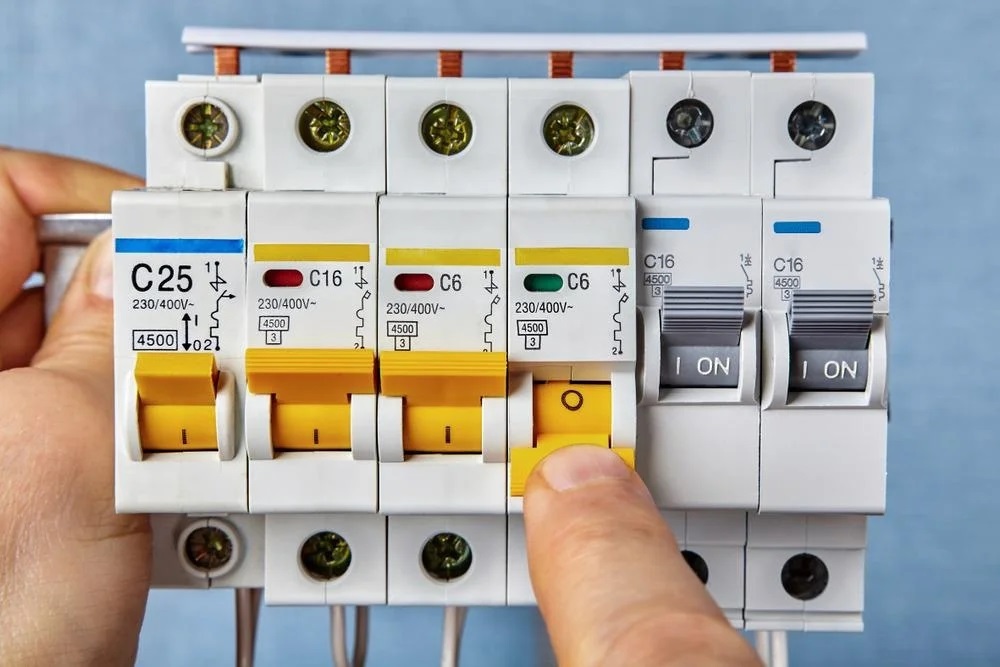
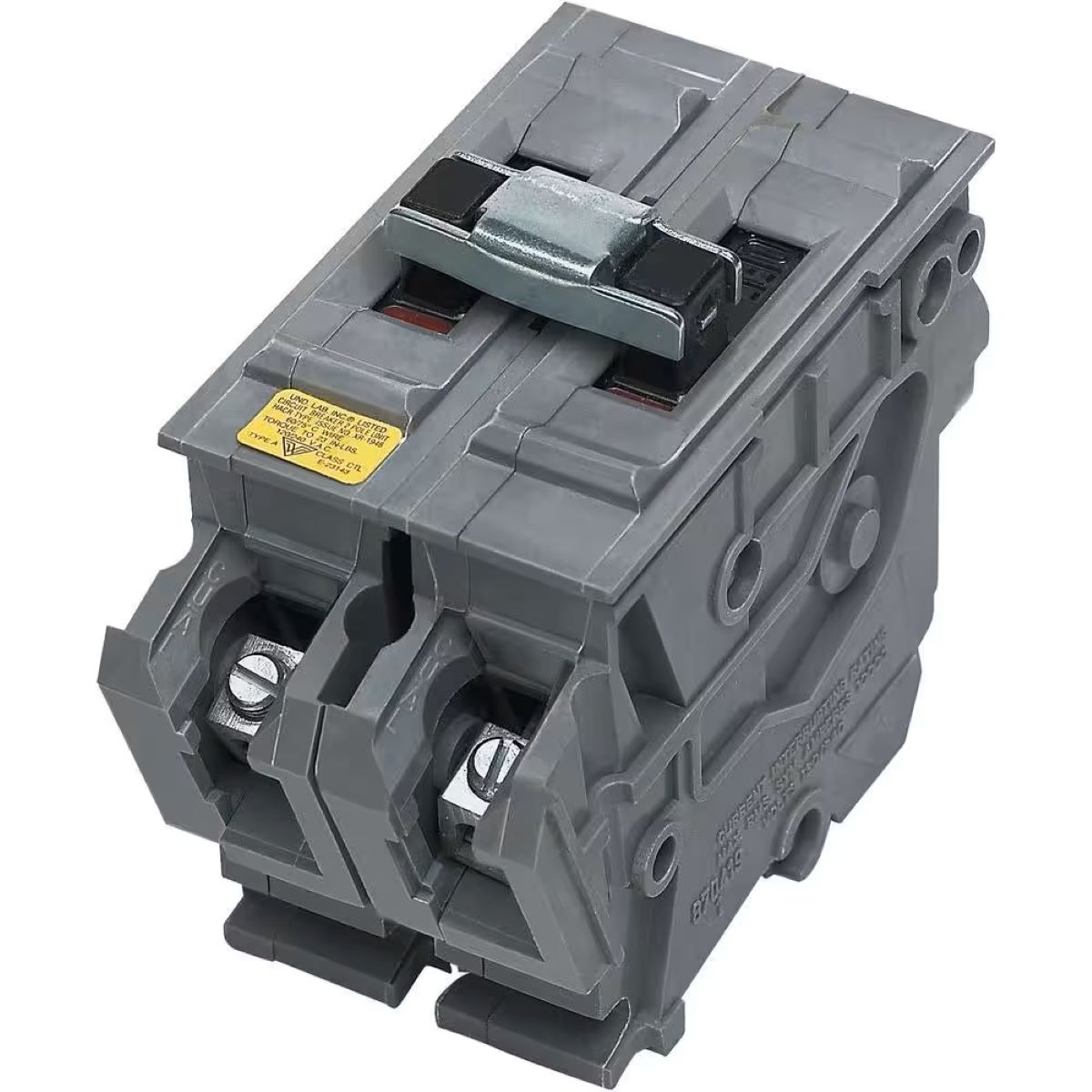
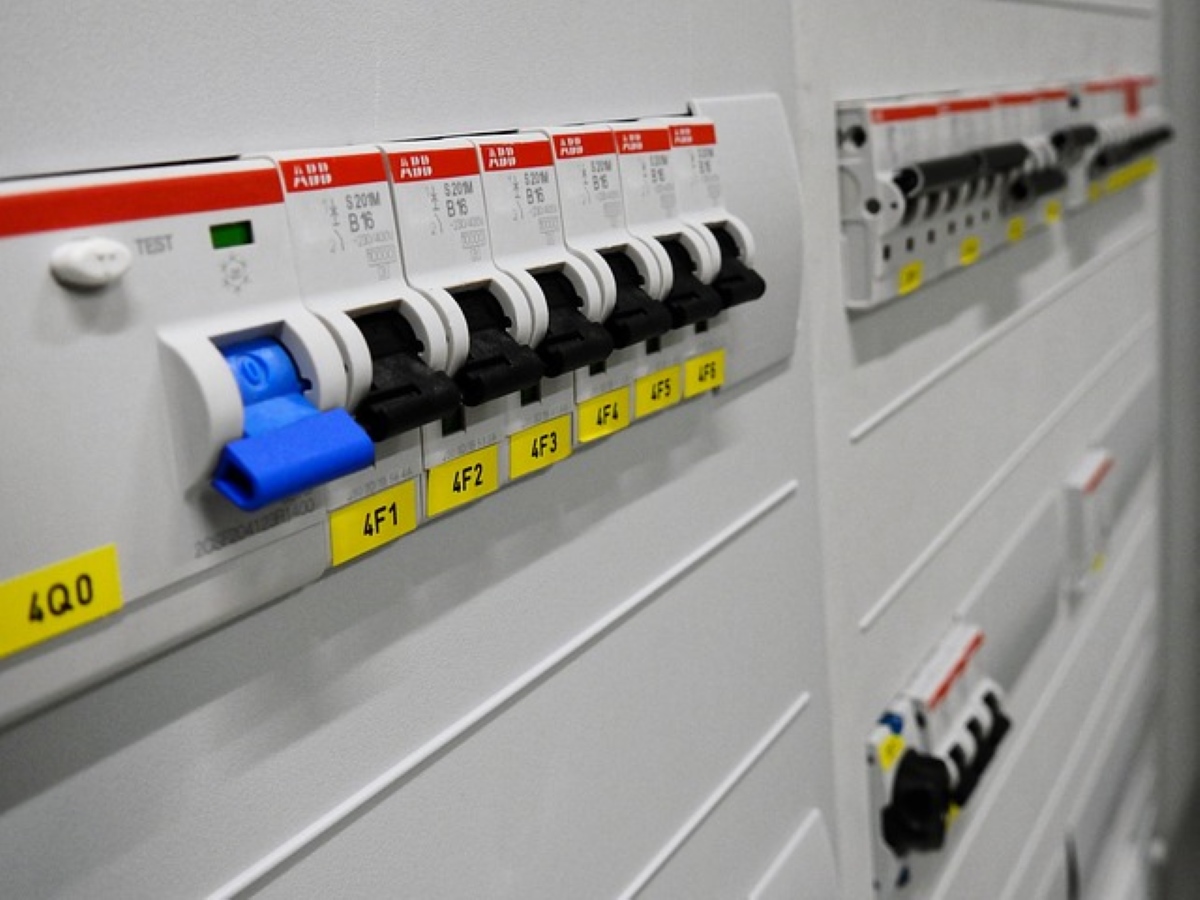
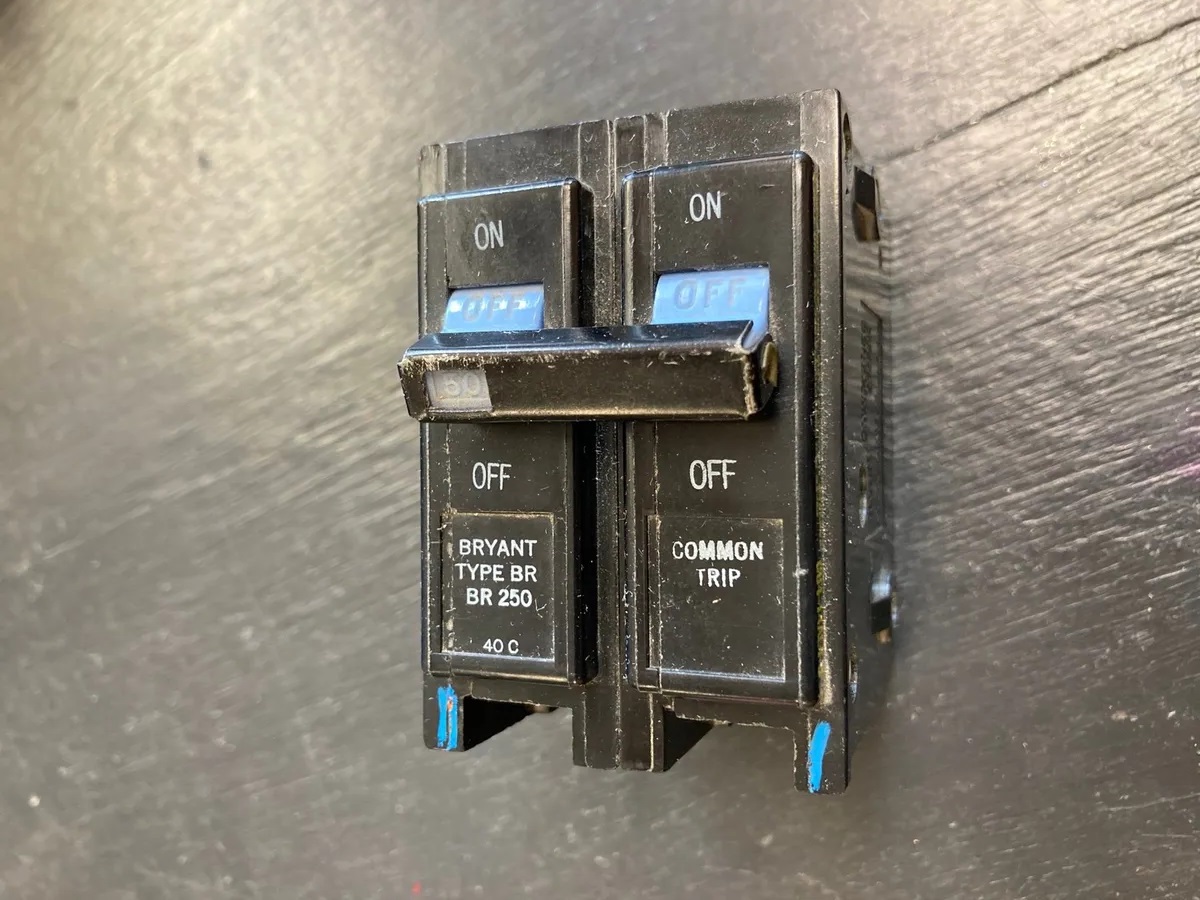
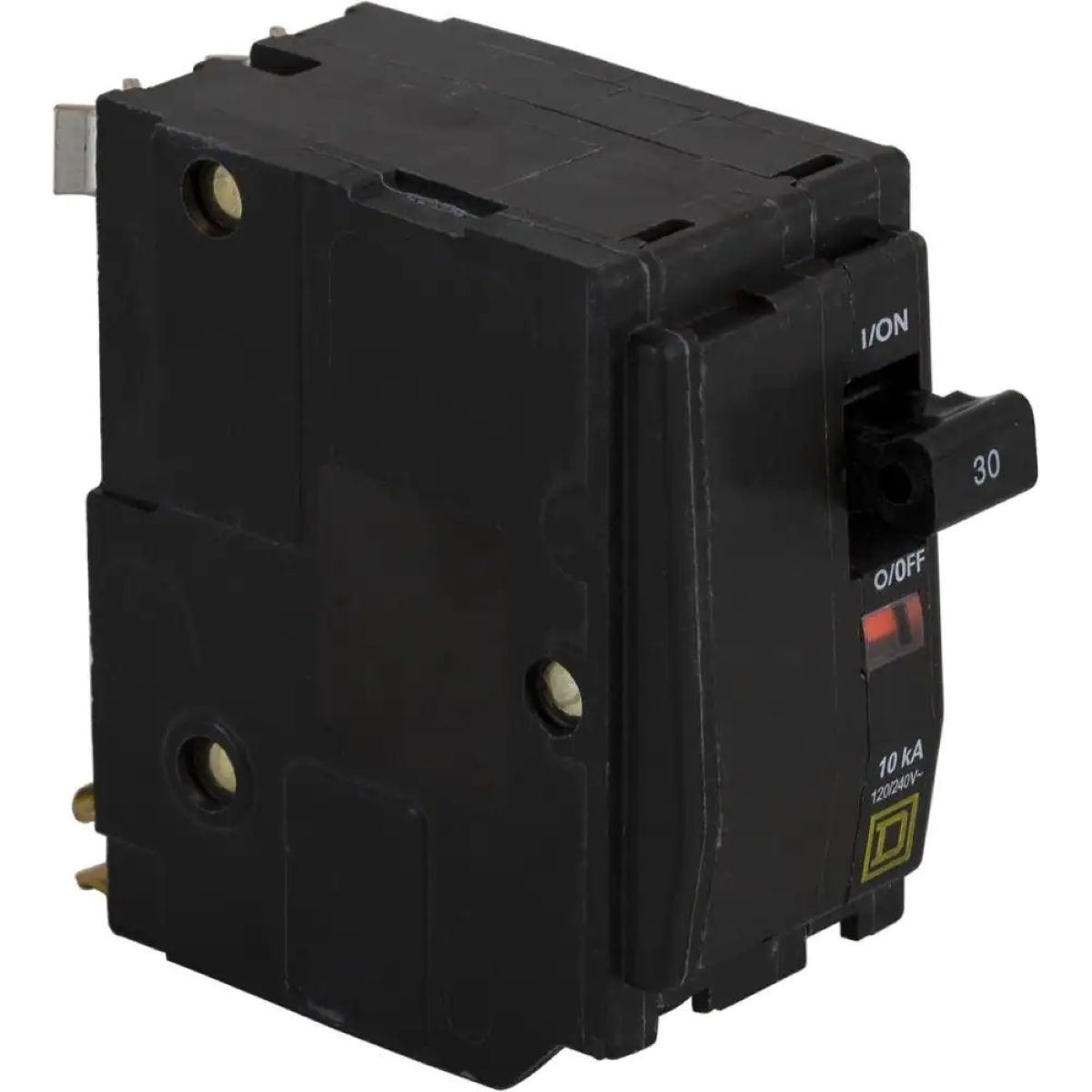
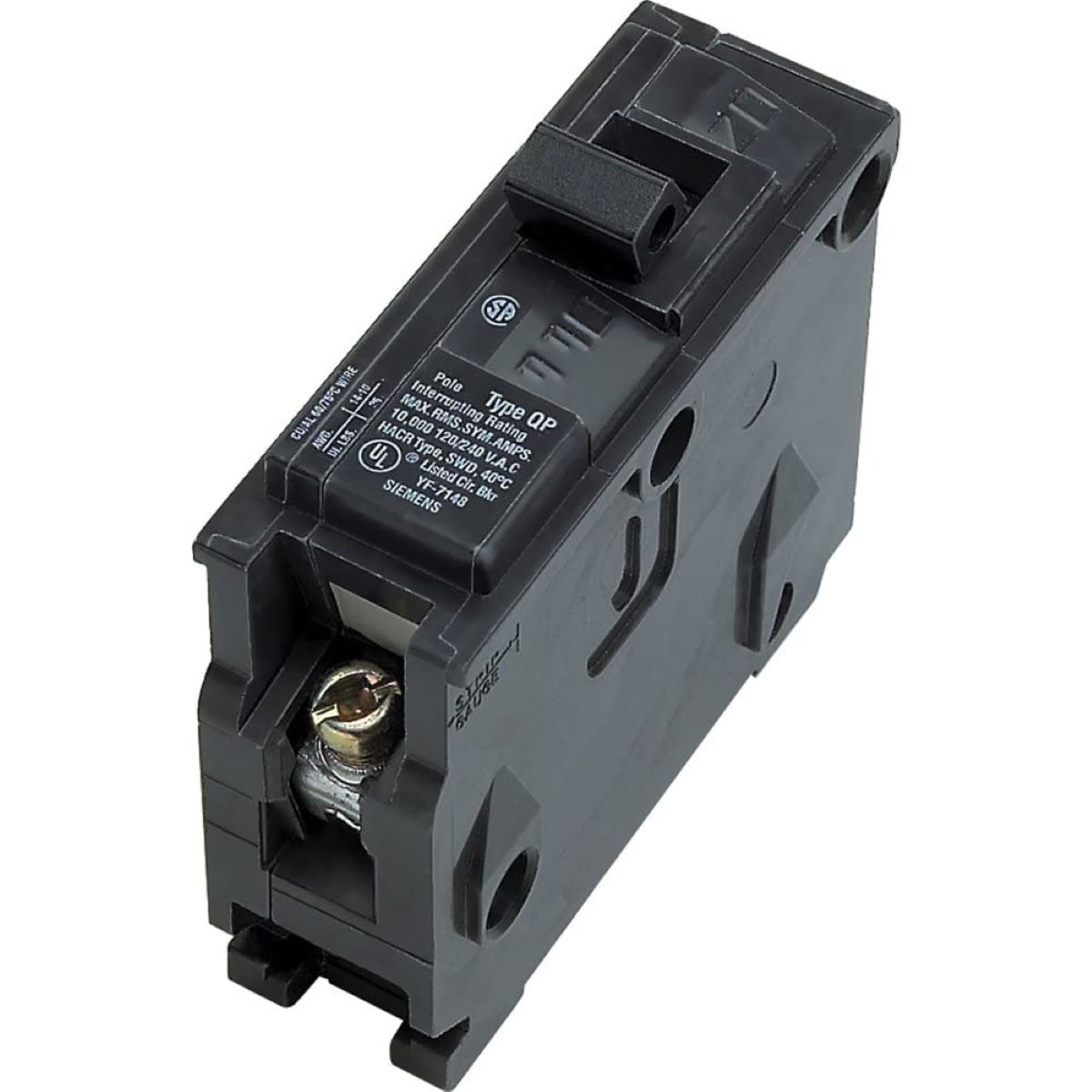
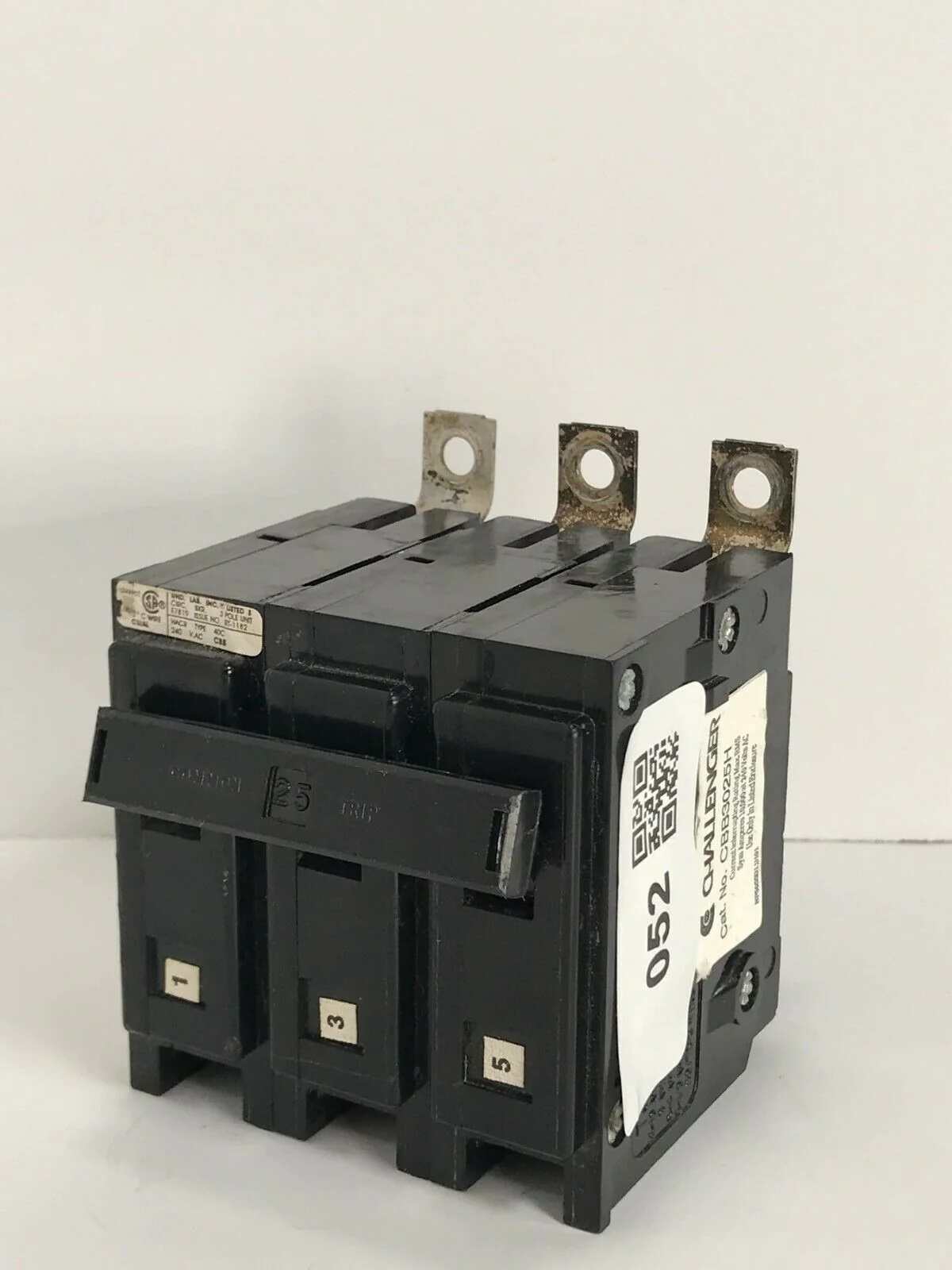
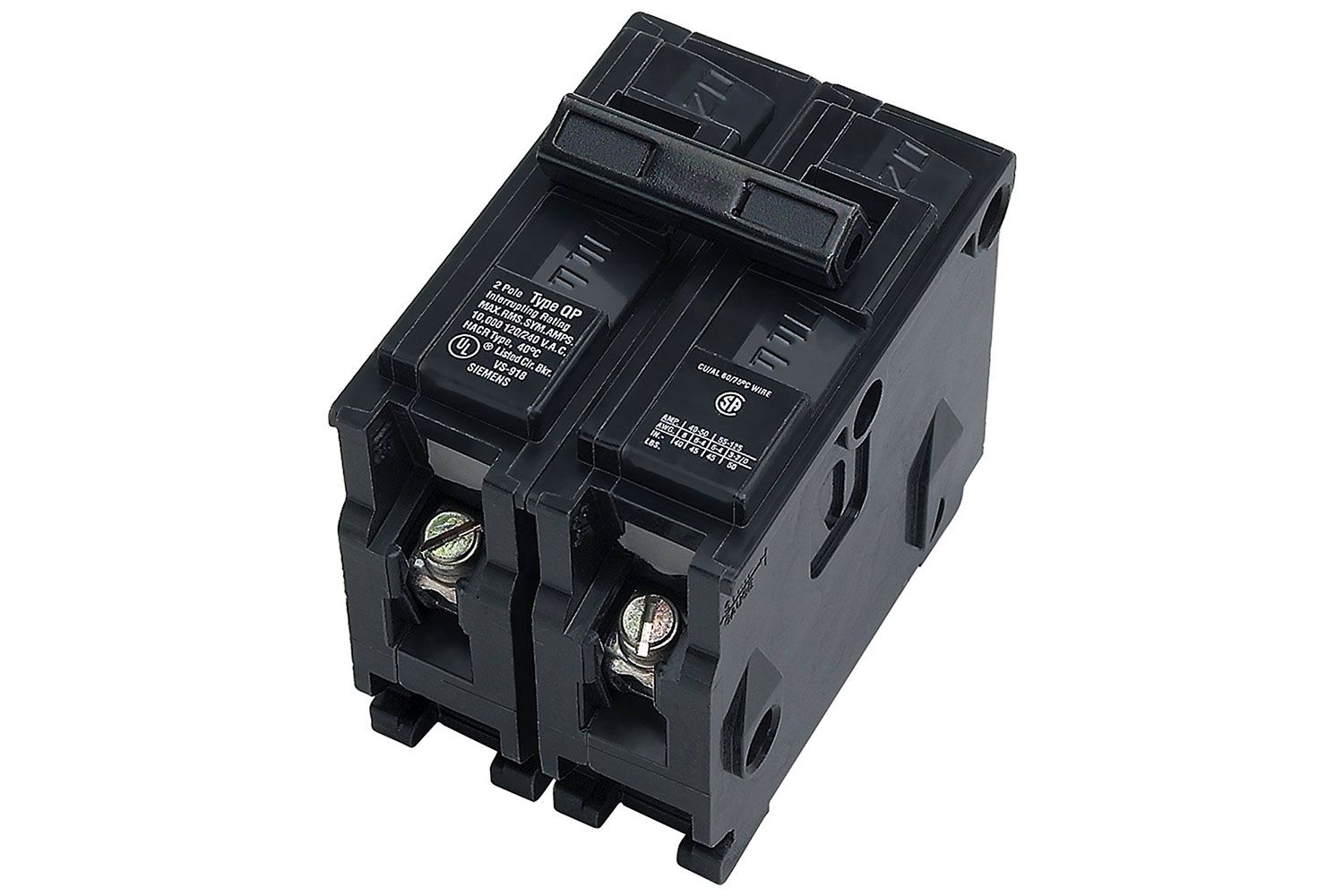
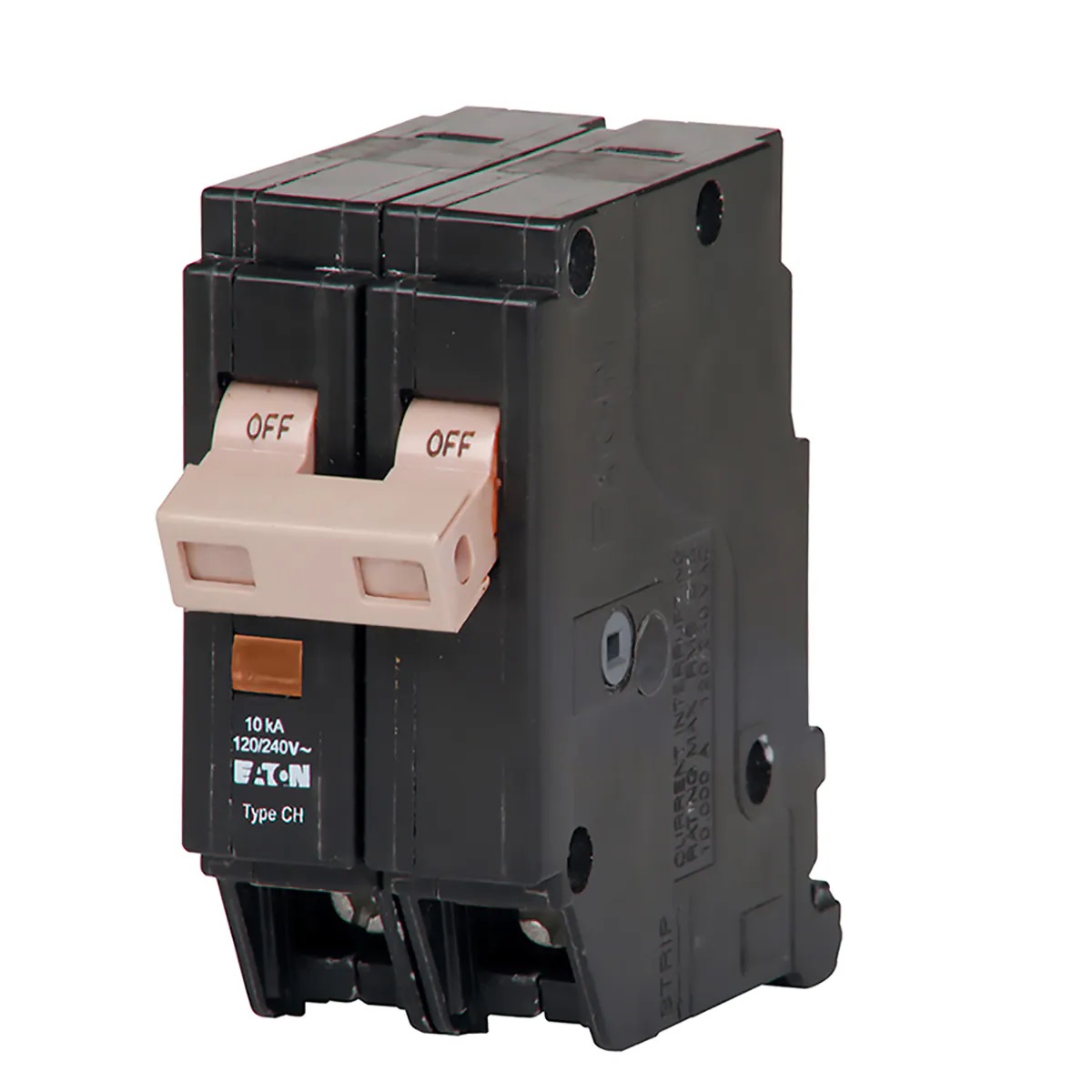
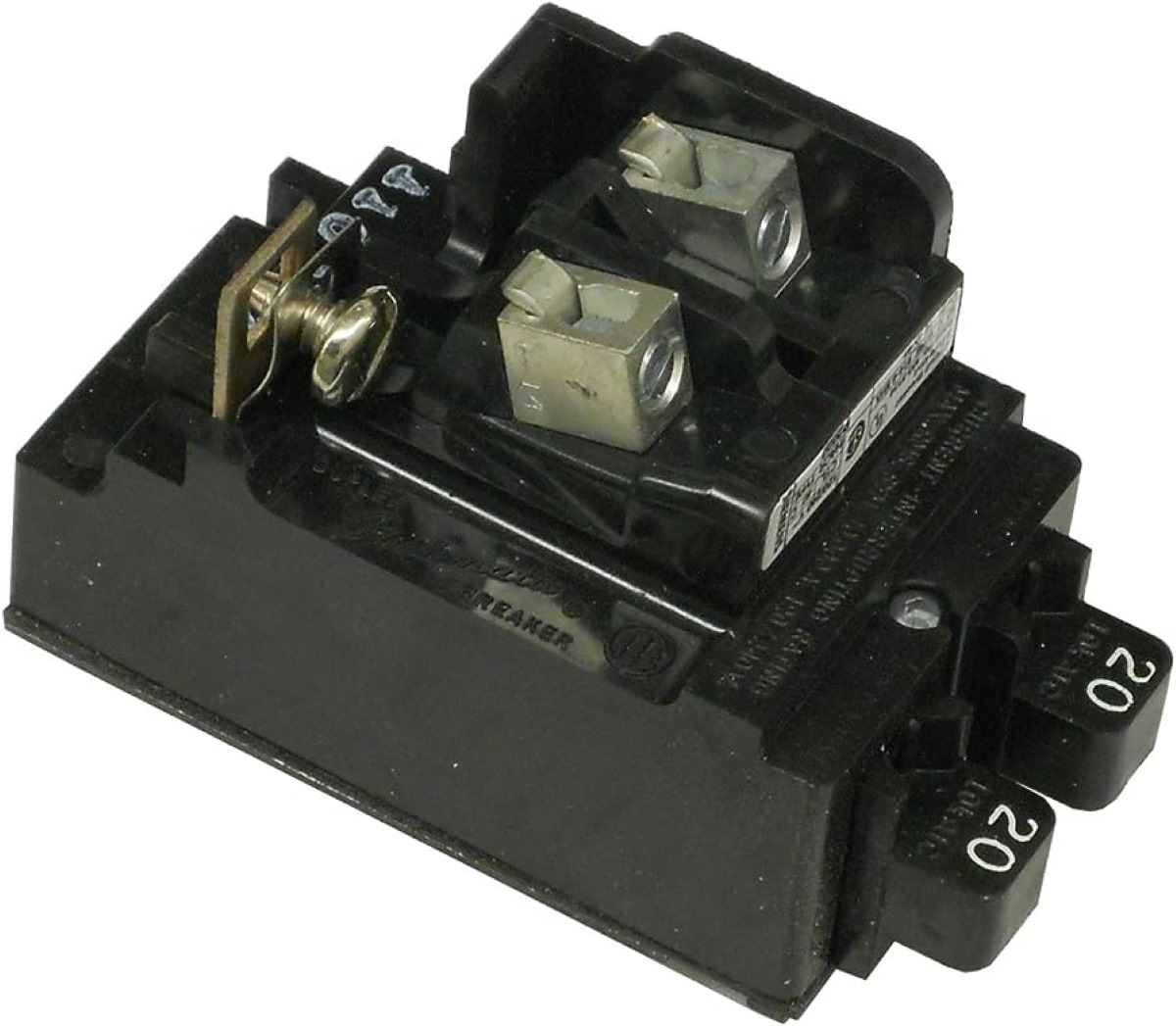
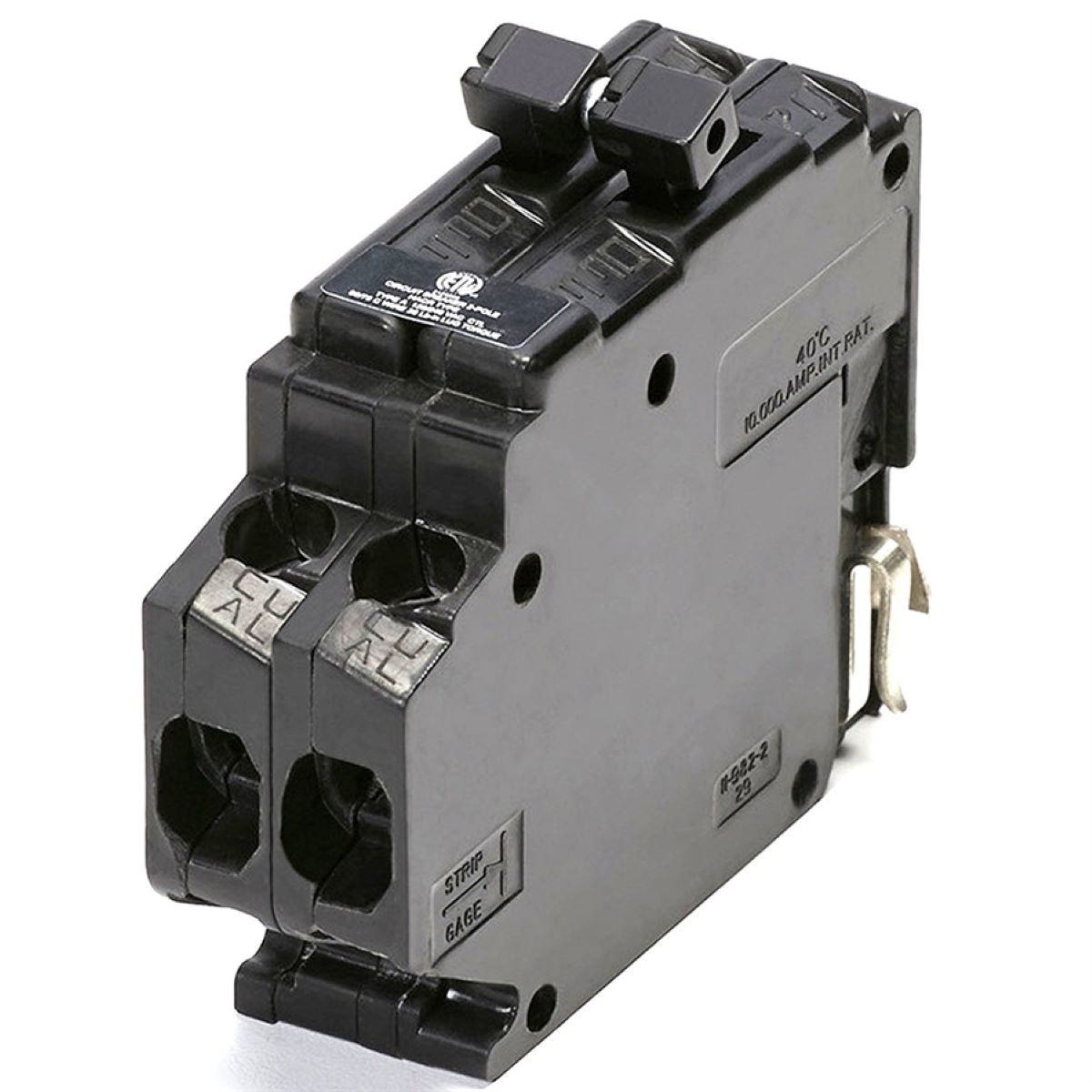
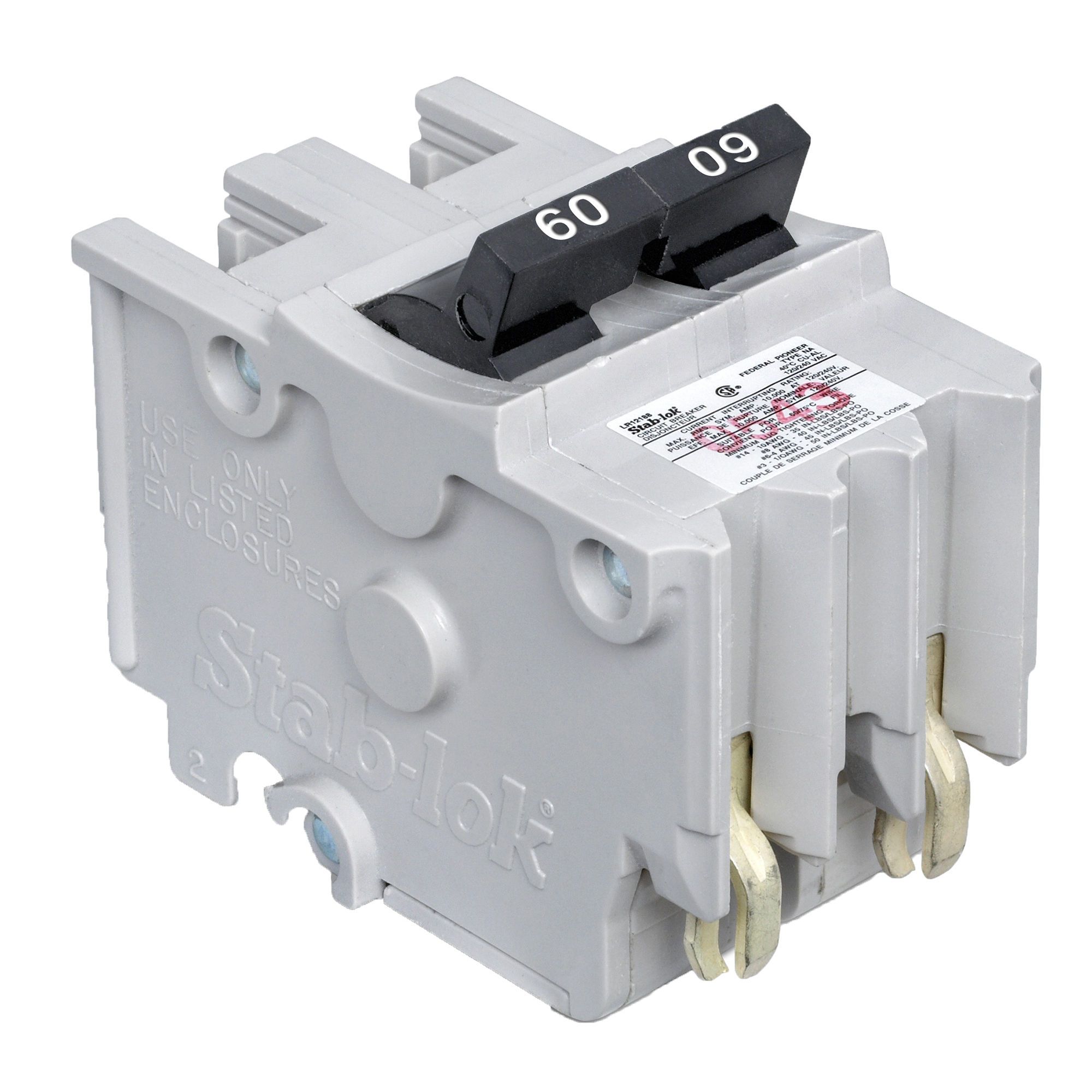

0 thoughts on “What Types Of Circuit Breakers Will Reset Automatically”